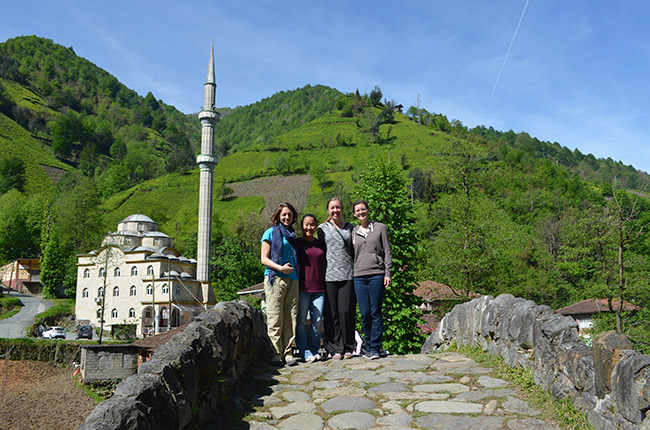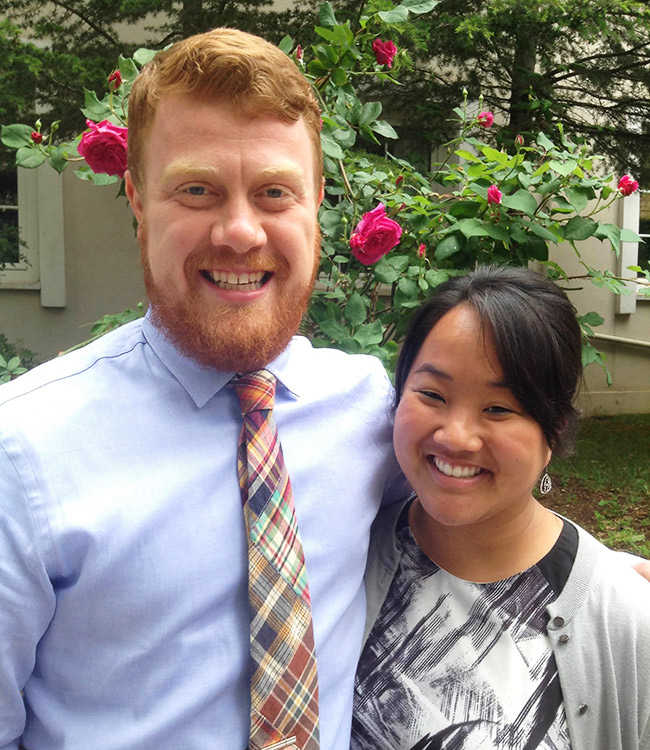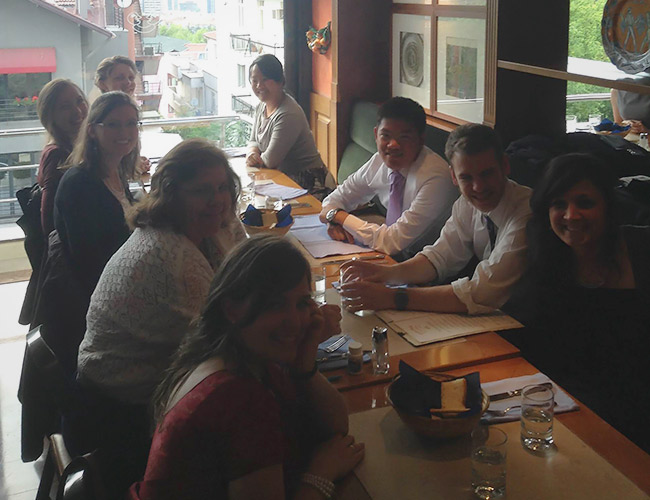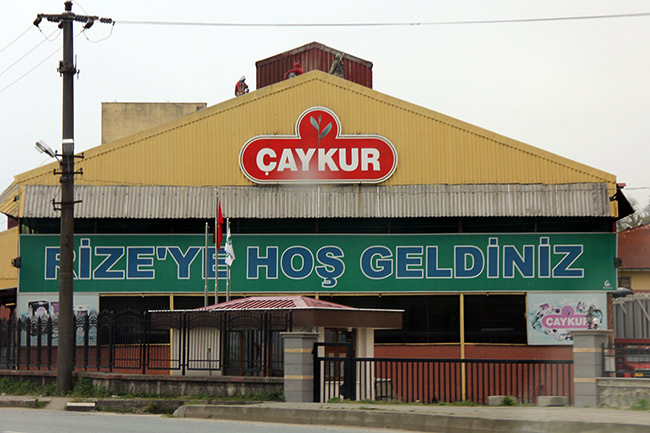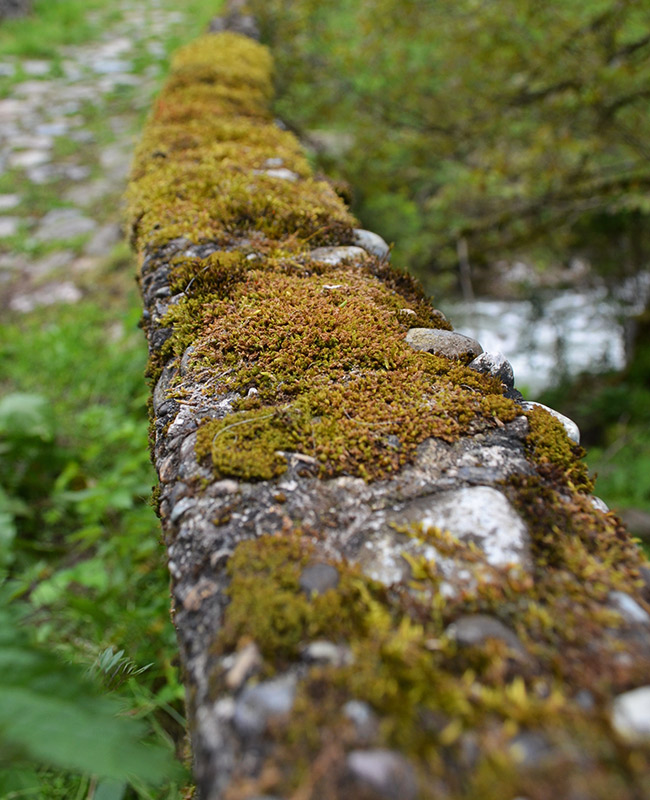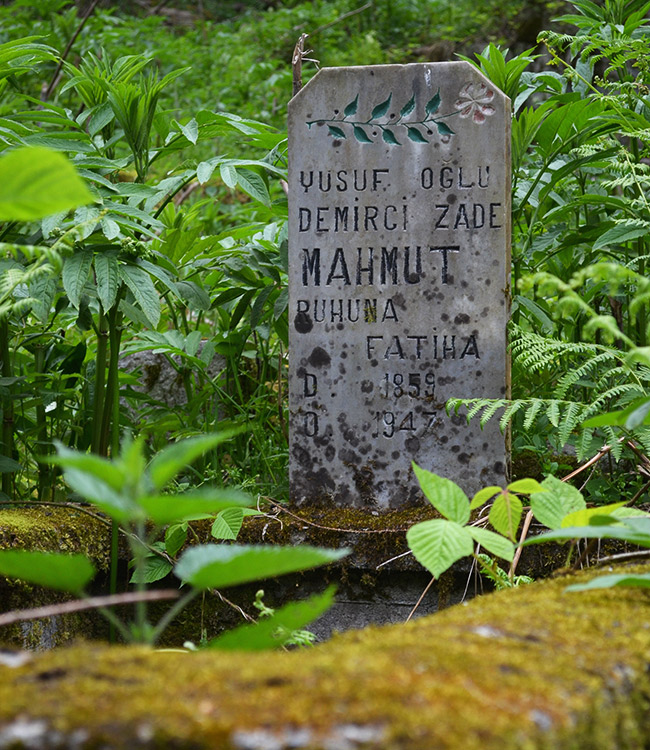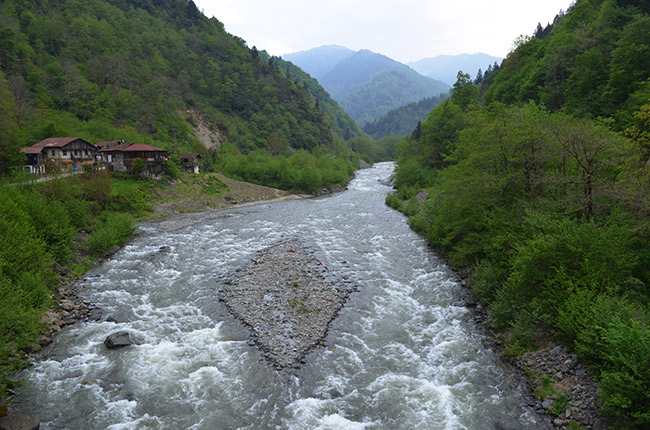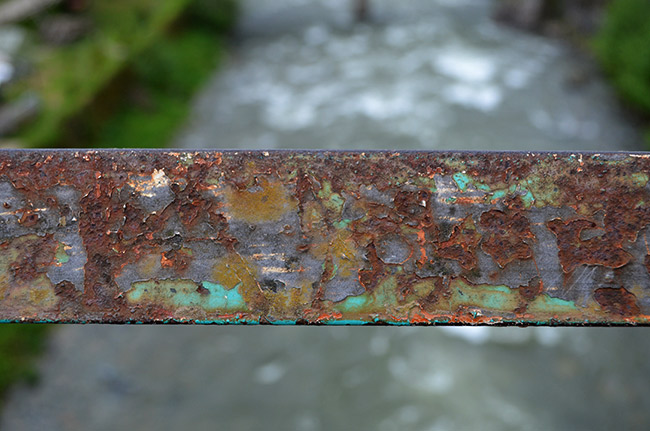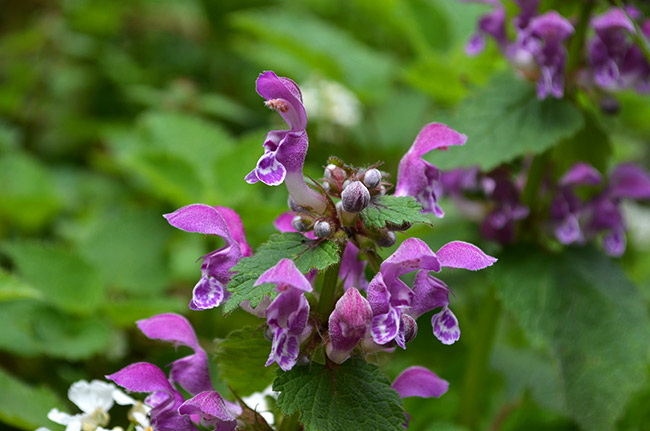On a recent Saturday, a couple of friends and I visited the Anadolu Medeniyetleri Müzesi (Anatolian Civilizations Museum). The museum is located inside of the castle in Ulus.
I took the opportunity to renew my Müzekart. By the way, if you are living in Turkey and have a residence permit or Turkish ID, the Müzekart is the way to go. I purchased one for 50 Turkish Lira (about $20 USD) and it grants me access to over 300 historical sites in Turkey. Given that the Anatolian Civilizations Museum costs 15 TL (General Admission) and the Hagia Sophia costs 30 TL, the Müzekart is quite the deal if you plan on traveling during your time in Turkey. If you don’t have a residence permit or Turkish ID, there is now a Museum Pass Müzekart available for Istanbul. There is a three day pass (72 TL) and a five day pass (115 TL). Both of these passes are good for many different sites and attractions around Istanbul.
All of the artifacts at the Anatolian Civilizations Museum were rather interesting. This painting of a deer was from the village of Çatalhöyük, not too far from Ankara. This is thought to be one of the first agricultural villages known, dating back to around 6,000 B.C. I really liked this piece because of the deer. I like to think that one of my fellow country boys painted it thousands of years ago.

One of the displays I found most interesting was the terracotta tablet exhibit. While the display itself was not very big, I was intrigued to see all of the detail that was put into these tablets. This specific tablet is a property donation deed. Sometimes when I think of early civilizations, I think of them as unsophisticated grunting human beings. However, all evidence points to the contrary. Although they didn’t have all the tech gadgets we do today, it seems like they had sophisticated and set ways of doing things. Based on the detail in the tablet below, it appears lawyers were just as meticulous about the wording of legal documents thousands of years ago as they are now.
One tablet that stuck out to me was a letter on terracotta from Naptera (wife of Ramses II, Egypt 13th Century). She wrote to Puduhepa (wife of Hattusili III, King of the Hittites) about relations and politics between the two nations. Super cool!

Sun discs were used by the Hittites for celebratory and religious ceremonies. I have become accustomed to seeing these Hittite symbols around Ankara. This particular design with the deer, is one of my favorites.


This is a statue of King Mutallu, a king that was reliant on Sargon II (King of Assyria). It’s hard to believe how well some of these relics are preserved, this one dating back several hundred years B.C. I particularly like the ceiling in this section of the museum. Cylindrical and made of brick, it reminds me of certain parts of the Grand Bazaar.

Maybe it’s a little weird, but I found it super interesting that the Phyrgian King Midas’ (8th Century B.C.) skull is kept in the museum. His tomb has been found in Gordion, Turkey and this skull has been used to do a facial recreation of Midas.

After we finished at the museum, we walked down to the Pazar to get some lunch. Turkish street food has become one of my favorite cuisines. I love to eat a fish sandwich fresh off of an open grill or a delicious döner dürüm straight off of the rotisserie.
One of the street foods I’ve been wanting to try is kokoreç. Kokoreç is lamb intestines cooked on a rotisserie. After the intestines are cooked, they chop a delicious array of spices into the meat, before putting it on bread. I have to say that I was pleasantly surprised. I think the fact that the delicacy is lamb intestines put some unfair presumptions of kokoreç in my mind. Mixed with all of the spices, it kind of tastes like a delicious sausage sandwich.
Click the arrow below to play a video of the kokoreç stand:


After I payed for my kokoreç, the cashier gave me this small orange ticket. Since Ulus is busy during lunch time, I had to (as I tell Leah) “shoulder up” to get my order in with the chop masters. After kokoreç, we walked by a fish sandwich stand and I couldn’t resist the temptation. I had to get an alabalık ekmek (trout sandwich) as well.

Belly full of lamb intestines and trout sandwich, I headed to Anıtkabir (Leah visited Anıtkabir without me in 2013). Anıtkabir is a memorial and mausoleum for Turkey’s founding father Ataturk. It definitely does not lack grandiose and honors Ataturk well.
Anıtkabir was built in a way that it can be seen from almost anywhere in Ankara. Consequently, it offers some awesome views of the surrounding city.

The mausoleum reminded me of the Lincoln memorial.


One of the things to do at the mausoleum is watch the changing of the guards ceremony. There are guards that stand watch over the mausoleum throughout the day and they periodically change. We got there just as the relieved guards were marching off the grounds, so we did not get to see the actual change.

It was definitely a day of adventures in Ankara. I hope to explore more of this beautiful city in the months to come. And I have every intention of stopping by Ulus again for a delicious kokoreç sandwich.















